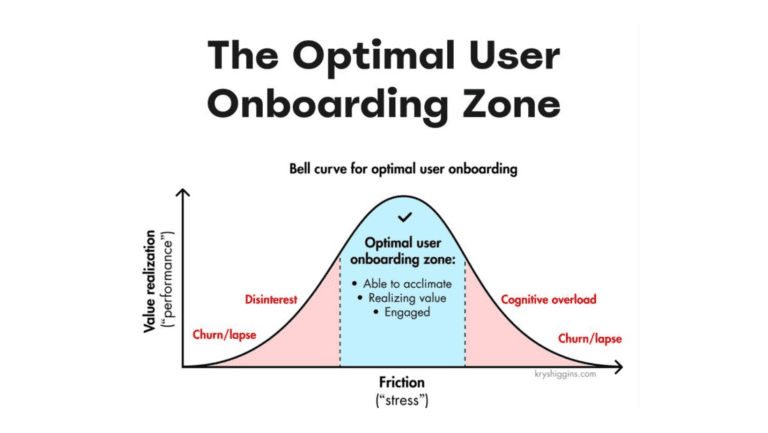In Part 3 of our series, Justifying an APM Investment, we are examining how Application Performance Management software (APM) make a company’s IT operations more efficient and productive. We have already discussed the positive impact of Application Performance Management on the business (Part 1) and documented how to quantify that impacthow to quantify that impact (Part 2) in order to convince senior management of the need for APM. Now, we will begin examining the hard dollar costs and savings that will produce a ROI that they cannot ignore.
Time is Money, and APM Saves a Lot of It
When it comes to cost reduction, the most obvious benefit of APM software is the amount of time it will save your IT staff: Help Desk, Infrastructure, Database, Application Operation, and Development and Configuration teams. For support and operation personnel, APM software eliminates the time spent manually monitoring the IT infrastructure and business applications. In most cases, the APM software will alert you to an issue before it arises so that you can take corrective or preventative action. For issues that cannot be predicted, the tool constantly monitors all IT components and immediately alerts you when a problem occurs. Reacting to problems in haste is expensive and risky. With APM, your staff becomes more proactive in preventing mistakes before they happen and more efficient in resolving issues that do arise. Staff productivity rises and customer satisfaction improves.
For application developers, APM software reduces the time required to identify the root causes of defects that appear during development and quality control testing. The process to determine, for example, which database query to optimize or to pinpoint which of a user’s interactions with the app caused its crash can take hours or even days to complete manually. And, again, when implementing the resolution, APM software makes it easy to determine and replicate the environment that existed when the original performance issue or crash occurred in order to validate success.
Save Resources with APM Optimization
Enterprise IT systems are designed to provide more resources than required – and rightfully so. System failure or extended downtime is too costly to not implement failover, redundant, and/or extended system capacities. However, with APM technology some of that resource overkill can be reduced with immediate and direct reduction of IT costs.
Too often, development and operations teams move forward through system errors with “work-arounds” – rather than undergo the painstaking task of identifying a problem’s root cause to implementing a permanent fix, the problem will be made to go away by adding system capacity. More servers can be bought to overcome a memory leak; additional bandwidth can make clunky apps more bearable, etc. Before long, those work-arounds add up to a lot of cost.
Because APM software makes it easy for IT staff to optimize application performance, fewer resources are required. And, risks do not increase since APM enables your staff to provide better and more efficient system support. For many companies, APM can allow infrastructure costs to be reduced (fewer servers, less memory, lower bandwidth, smaller database, etc.). Other companies are growing fast enough that current resources will be utilized, but APM can mean slower IT growth in the future.
If your company is considering a significant infrastructure upgrade, it would be wise to implement APM first and then optimize the application environment so that the infrastructure can then be right-sized for current and future needs.
A Small Investment that Yields Big Returns
Application performance management solutions are a relatively inexpensive solution that payback a purchase, for most companies, in less than one year. Subscription licensing models can deliver immediate and continuous ROI, and adjust in scope, functionality and footprint with the changes in application(s) monitored.
What’s been your own experience with reducint IT and Operational Costs after an APM investment? Use the Comments section to share!




